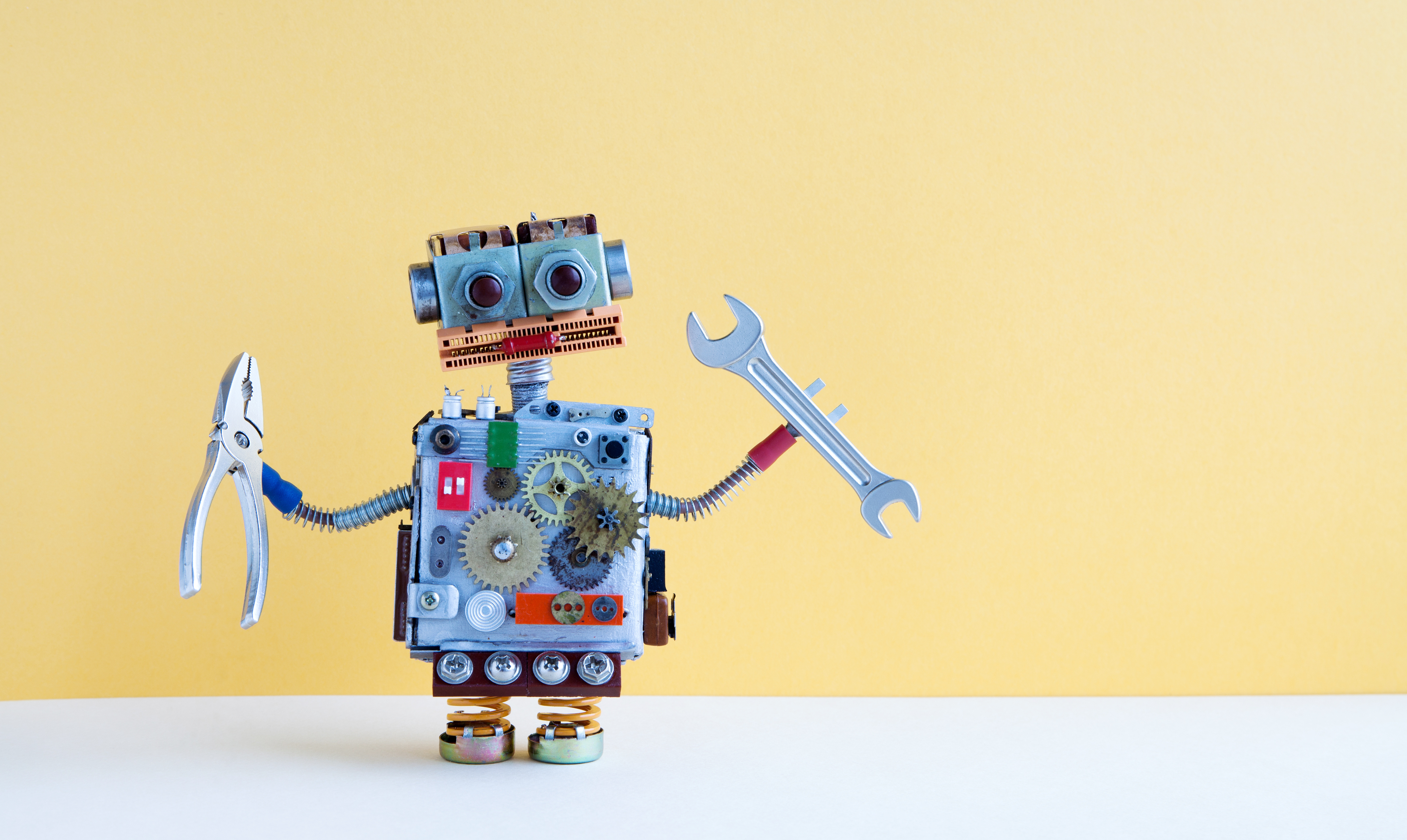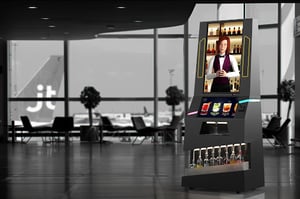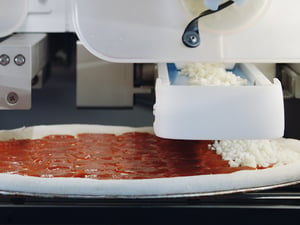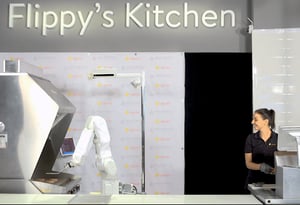Call Sales: +1 (833) 437-3835
Call Sales: +1 (833) 437-3835
Sarah Vancini | March 3, 2022 |

Most robots today are programmed either to work alongside human employees so they can focus on more complex tasks, or to serve as added revenue sources or tourist attractions. They automate things like bussing, serving, bartending and cooking.
Some major advantages to using robots to supplement human labor at your pizzeria are:
Reports have indicated that nearly half of U.S. restaurant operators are planning to implement automation technology in the next few years.
Large and small restaurants alike are investing in robotics. Domino’s and Chipotle are both working with an autonomous car company Nuro, for example. Domino’s launched a pilot in Houston this past spring. Chipotle has made an investment in Nuro in late 2020.
Demand for artificial intelligence (AI) robotics from restaurant executives spiked in the months and years following the COVID-19 outbreak. Largely this increased demand was due to the significant workforce gaps brought about by the pandemic. Of note:

The robotic bartender ceilia.ai allows establishments to upgrade their drinks menu with premium cocktails mixed automatically by a friendly and entertaining “bartender.”
This technology can serve mixed drinks in less than 30 seconds and provides excellent customer service—including suggestions about the menu—using AI and speech recognition.
The robot can be installed in almost any restaurant as it has a small footprint.

Picnic Pizza System automates the entire pizza making process. The robotics come in a modular and customizable system for easy implementation in any business setting.
The Picnic Pizza System takes care of spreading sauce and adding cheese, pepperoni and up to three more ingredients. It then automatically bakes the pizza.
Picnic can produce hundreds of pizzas per hour with just one operator. This could free up your staff to instead focus on the rest of your meals, potentially allowing you to expand your menu.
Picnic Pizza is gaining traction, and has raised $16.3 million with plans to contract with schools, stadiums and hospitals.

Miso Robotics offers technology that can cook meals precisely according to recipe specifications.
CaliBurger and White Castle both already use the technology to flip over 10,000 burgers and fries each month.
Miso Analytics Platform includes Flippy, a robot that can flip burgers and make fries. This allows fast food employees to handle less risky and greasy tasks. Flippy has since upgraded to now be able to fry wings. This concept is currently being tested at Buffalo Wild Wings.
“The fry station is one of those jobs, it’s tough to do,” said Mike Bell, Miso Robotics CEO. “It’s monotonous, sometimes it’s dangerous, and it’s pretty repetitive. So it was a perfect opportunity for automation robotics to step in and help brands like Buffalo Wild Wings.”
Smile Robotics of Japan has created an automatic robot for serving and collecting dishes. The robot, named ACUR-C, moves autonomously between tables, collecting trays with a robotic arm and brings them back to the kitchen.
Investment in robotics is a costly endeavor. One of the cheapest robots out there, Flipper, costs upwards of $3,000.
In addition to large upfront costs, it’s difficult to predict how your customers will react to the change in workflow.
Will they be disheartened no longer interacting with their favorite busboy as ACUR-C is now picking up their plates? Will they notice their pizza no longer has extra cheese on half the slices, a preference only their favorite cook knows?
By contrast, perhaps your clients actually would enjoy the “attraction” of a robotic bartender.
In order to invest intelligently in robotics it’s therefore important for you to collect robust and clear data about sales, transactions, inventory and customer preferences.
With Revel’s market-leading POS platform, your restaurant can track this data and more. Revel allows you to make informed, data-driven decisions about where technology intervention and investment will be profitable and where it is best to leave tasks to human staff members.
Whether or not your pizzeria is ready to take the robotics plunge, there is lots of automation functionality available within lower cost, lower risk tech solutions like a cloud-native POS. Curious to learn more about built-in tech solutions designed to keep your orders flowing and profits growing? Connect with a Revel product expert today!